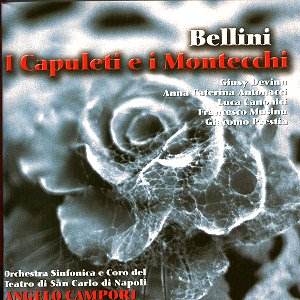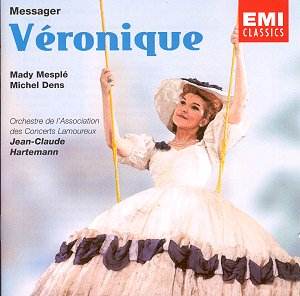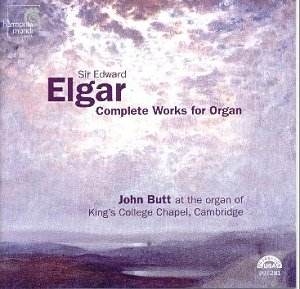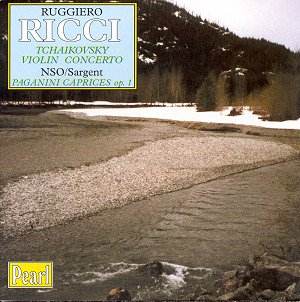 Composer: Robert Farnon
Composer: Robert Farnon
Works: Jumping Bean, A Star is Born, Portrait of a Flirt, Journey into Melody, Willie the Whistler, Melody Fair, Canadian Caravan, Ottawa Heights, Mountain Grandeur, Gateway to the West, Huckle-Buckle, How Beautiful is Night, State Occasion, Taj Mahal, High Street, Sophistication Waltz, Manhattan Playboy, String Time, In a Calm, Peanut Polka
Performers: Queens Hall Light Orchestra, conducted by Robert Farnon; Kingsway Symphony Orchestra, conducted by Robert Farnon; Queens Hall Light Orchestra, conducted by Charles Williams
Recording: 8 September 1948 (tracks 1 and 3), 7 February 1949 (tracks 2 and 4), 1946 (tracks 5 and 7), 1947 (tracks 8, 9, 13-15, 18, 19), 1949 (tracks 10 and 17), 18 May 1949 (track 12), 1950 (tracks 6, 16 and 20), 10 May 1950 (track 11)
Label: NAXOS HISTORICAL 8.110849 [51.35]
Robert Farnon, a luminary in the realm of light music, occupies a unique niche within the 20th-century musical landscape, bridging a gap between popular and classical idioms. After relocating to the United Kingdom in 1944, he established a significant presence as both a conductor and composer, crafting a body of work that exudes charm and melodic inventiveness. This Naxos release, featuring a selection of Farnon’s orchestral compositions, provides a tantalizing glimpse into his artistry, showcasing works that, although largely recorded in the late 1940s, retain a fresh and engaging quality for contemporary listeners.
The performances, largely drawn from recordings that were previously unavailable to the public, display Farnon’s deft hand at orchestration. The Queens Hall Light Orchestra, under his direction, captures the buoyancy and rhythmic vitality of pieces like “Jumping Bean” and “Portrait of a Flirt,” both of which are characterized by their playful motifs and lively tempos. The crispness of the orchestral textures is notable, with strings delivering sweeping lines that evoke a sense of nostalgia while remaining buoyant and modern. The inclusion of Charles Williams’s interpretations on two tracks—specifically “How Beautiful is Night” and “String Time”—does not detract from the overall cohesion of the album; rather, it highlights the versatility of Farnon’s compositional style, as Williams brings his own interpretative flair to these well-known pieces.
Recording quality remains surprisingly robust for its era, with the remastering enhancing the clarity of the orchestral colors without sacrificing the warmth inherent in the performances. The sonic landscape is rich, allowing listeners to appreciate the intricate interplay between various sections of the orchestra. Farnon’s penchant for lush string arrangements is particularly well captured in “Ottawa Heights,” where the emotive swell of the strings is complemented by a buoyant woodwind palette. The engineering choices made during the remastering process ensure that the listener is enveloped in a sound world that feels both intimate and expansive.
Musically, Farnon’s gift for melody shines throughout this collection. Works such as “Melody Fair” and “Sophistication Waltz” exemplify his ability to weave memorable themes that linger long after the final notes fade. The melodic lines are often characterized by a lyrical quality that invites comparison to the great songwriters of the era. Farnon’s compositions can be seen as a reflection of a time when popular music still resonated with genuine musicality, a sentiment that resonates deeply with those who appreciate the craftsmanship behind each piece.
This compilation not only serves as a testament to Farnon’s legacy but also acts as an essential introduction for those unfamiliar with his oeuvre. The delightful interplay of lightness and sophistication in his orchestral music will undoubtedly appeal to those who seek a melodic reprieve from the complexities of the modern musical landscape. The collection is a rich tapestry of sound that invites listeners to revel in its charm, affirming Farnon’s place among the great purveyors of light music. Such artistry, imbued with nostalgia yet anchored in technical brilliance, resonates with a timeless appeal, ensuring that Farnon’s work will continue to enchant audiences for generations to come.



